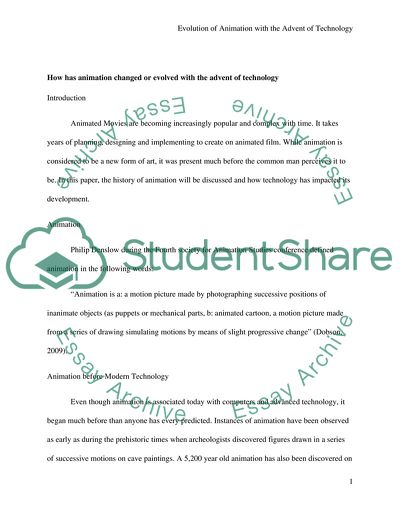Cite this document
(Visual Cultural and Theory: Graphic Design, Technology and Politics Essay, n.d.)
Visual Cultural and Theory: Graphic Design, Technology and Politics Essay. https://studentshare.org/visual-arts-film-studies/1808060-visual-cultural-and-theory-graphic-design-technology-and-politics
Visual Cultural and Theory: Graphic Design, Technology and Politics Essay. https://studentshare.org/visual-arts-film-studies/1808060-visual-cultural-and-theory-graphic-design-technology-and-politics
(Visual Cultural and Theory: Graphic Design, Technology and Politics Essay)
Visual Cultural and Theory: Graphic Design, Technology and Politics Essay. https://studentshare.org/visual-arts-film-studies/1808060-visual-cultural-and-theory-graphic-design-technology-and-politics.
Visual Cultural and Theory: Graphic Design, Technology and Politics Essay. https://studentshare.org/visual-arts-film-studies/1808060-visual-cultural-and-theory-graphic-design-technology-and-politics.
“Visual Cultural and Theory: Graphic Design, Technology and Politics Essay”. https://studentshare.org/visual-arts-film-studies/1808060-visual-cultural-and-theory-graphic-design-technology-and-politics.


